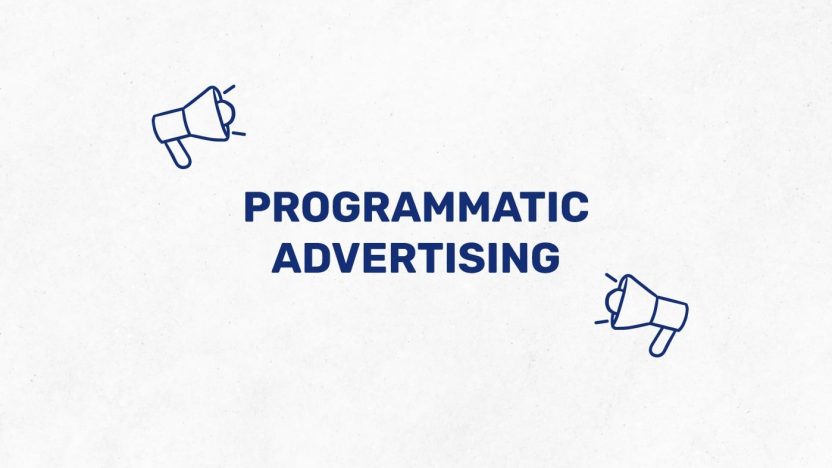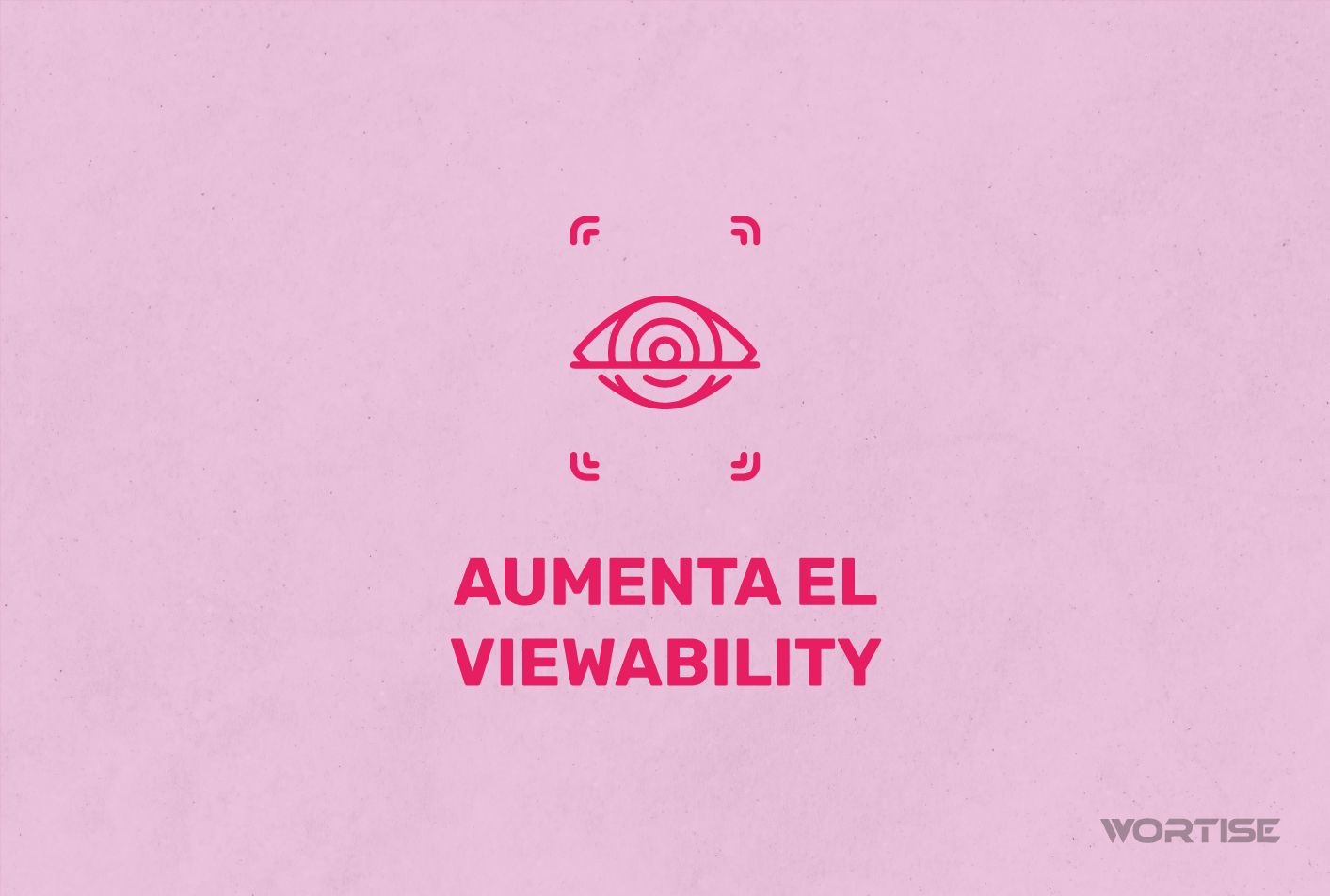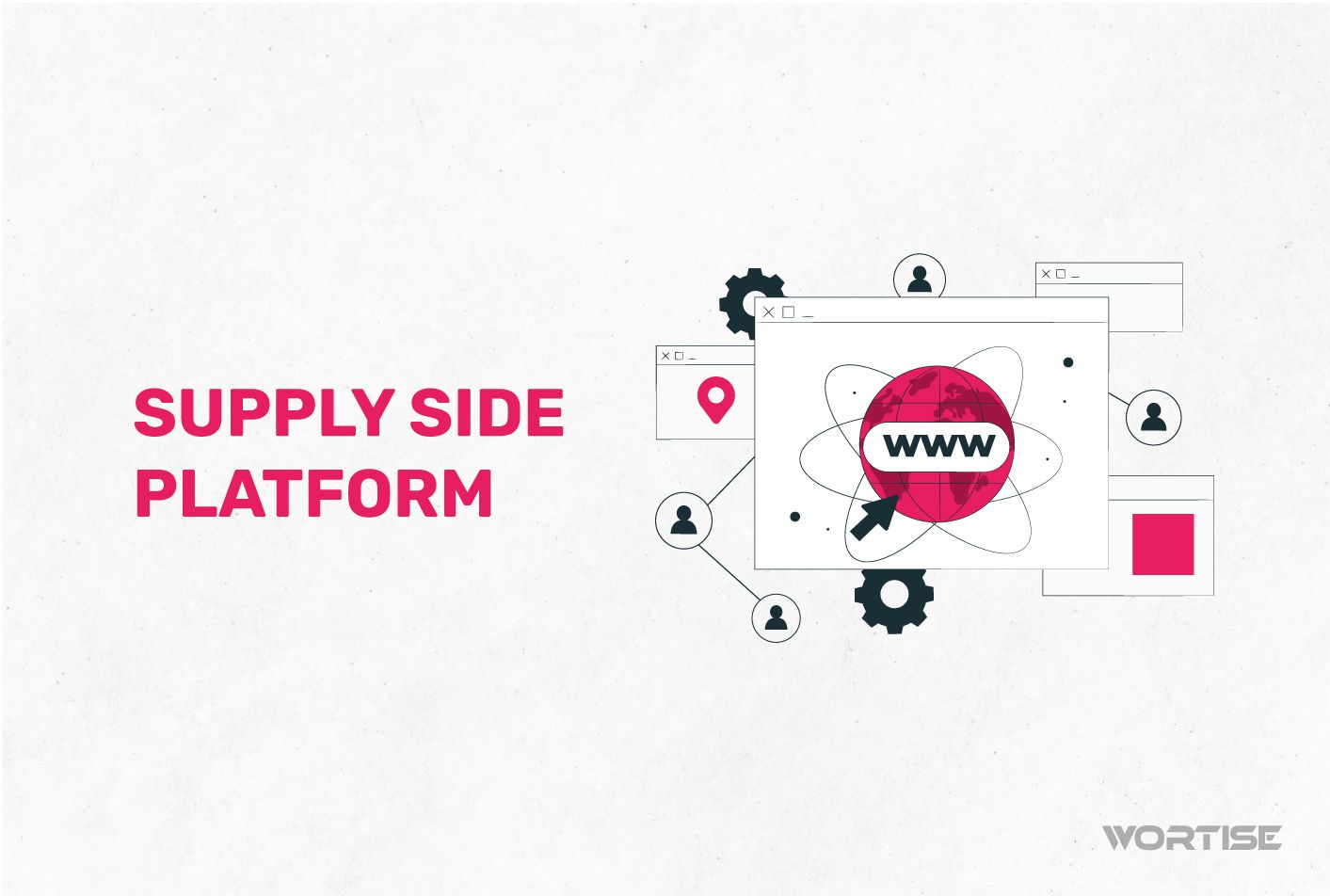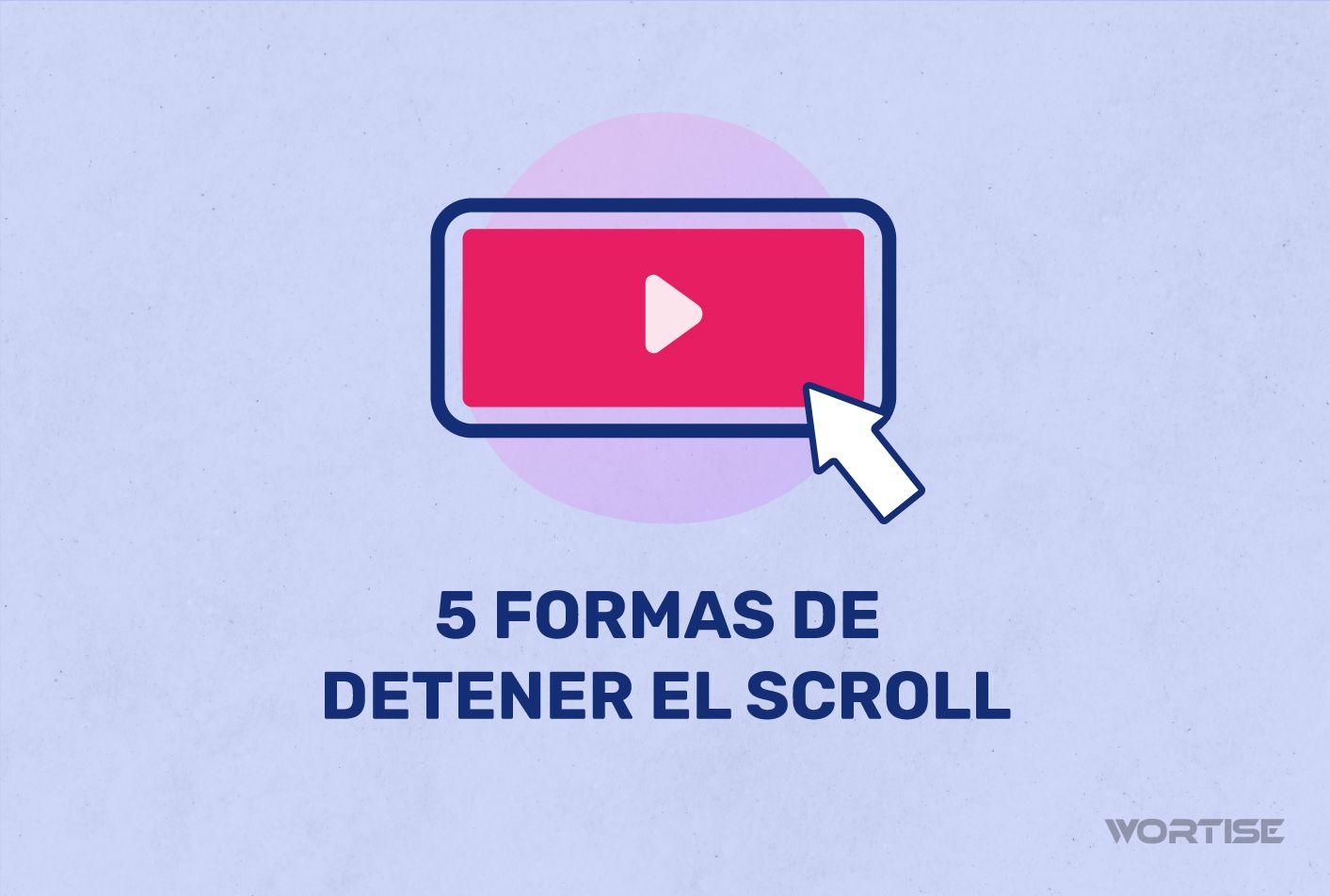¿Alguna vez pensaste competir contra millones? Eso es lo que haces diariamente con tu app. Se estima que existen entre 4 y 8 millones de aplicaciones en el mundo, mientras un usuario promedio descarga por lo menos 40. Es en ese escenario donde tienes la enorme tarea de aumentar las instalaciones de tu app y, tal como supones, la mejor forma de hacerlo es apoyándote en la publicidad programática o programmatic advertising.
Como no debes poner techo a tu app, te damos 9 valiosos tips de publicidad programática que te servirán para plantearte nuevas metas, afianzar la fidelidad de tus usuarios, aumentar tu reputación y obtener mayor prestigio entre los advertisers, lo que se traduce en mayores posibilidades de monetización. ¡Así ganas en todos los frentes!
9 tips de programmatic advertising para maximizar tus app downloads
Si te preguntas “¿Cómo puedo aumentar las descargas de mi app?”, debes saber que la respuesta solo la obtendrás si combinas tus objetivos como publisher, las características de tu público objetivo y la realidad del sector en el que operas para diseñar campañas afines a tus expectativas.
Ahí es donde entra en acción la publicidad programática, con sus estrategias, métodos y recomendaciones. Posicionar una app no es cuestión de azar, así que puedes empezar con estos tips para aumentar tus app downloads:
#1 Analiza el desempeño de tu aplicación
En este punto, debes revisar cómo se comporta en las tiendas de app. ¿Está bien posicionada? ¿Está asociada con los términos de búsqueda más usuales? ¿Su descripción realmente orienta al usuario? ¿Puede saber realmente si es lo que necesita?
Para responder estas preguntas, debes determinar el porcentaje de nuevos usuarios que adquieres, la tasa de retención, la tasa de abandono y el coste de adquisición de clientes (CAC). Con estas métricas, tendrás un panorama claro.
Además de estos datos, es necesario conocer cuáles son las vías por las cuales llegan los usuarios a tu aplicación: redes sociales, ingreso directo a tiendas de aplicaciones o publicidad. Esto se conoce como atribución de fuentes de tráfico y es fundamental para determinar cómo puedes incrementar las descargas.
#2 ¿Cómo aumentar las descargas de mi app? Los usuarios activos tienen la respuesta
Para diseñar una campaña de programmatic advertising efectiva, es necesario conocer primero cómo los usuarios activos interactúan con tu aplicación. Aunque no lo creas, ellos pueden ser tus mejores aliados para llegar a otros cuando todo funciona bien. Cuando ocurre lo contrario, se convierten en voces de alarma que exigen toda tu atención.
¿Cómo puedes ver realmente el panorama? Presta atención a las métricas de usuarios activos diarios (UAD) y los usuarios mensuales activos (UMA). Si disminuyen abruptamente, es momento de revisar qué está pasando. Puede ser una falla en las funciones o el momento de rediseñar tu app.
- ¿Qué esperan tus usuarios? Mira también las tendencias
Si existe una garantía de vida para cualquier aplicación es su capacidad de adaptarse a las nuevas necesidades. Por naturaleza, buscamos lo más avanzado y lo más sencillo para nuestra cotidianidad, así que cualquier desarrollador de software que desee pervivir y aumentar sus usuarios debe estar en constante evolución.
Con tu equipo, evalúa cuáles son las tendencias y las proyecciones en el sector donde operan. ¿Qué busca un usuario que usa apps para entrenar, por ejemplo? ¿Puedes ofrecerle eso que busca? ¿Puedes darle más? La innovación es la herramienta más potente para aumentar las descargas.
#3 Define objetivos para elevar tus app downloads
Antes de diseñar una campaña de programmatic advertising, debes tener claro qué persigues exactamente. ¿Sólo aspiras a incrementar el número de descargas? Si ese es el caso, debes tener cuidado. Es probable que los resultados a largo plazo no sean los esperados: muchos usuarios descargarán la app, pero también serán muchos quienes la abandonen o desinstalen.
Una estrategia de este tipo solo afectará tu reputación y tu desempeño como publisher. Por eso, tus objetivos deben ser más precisos: la recomendación es trabajar por incrementar las app downloads entre aquellos usuarios que efectivamente emplearán tu aplicación.
A partir de esa premisa, podrás diseñar una campaña efectiva, con acciones precisas para llegar a ese público objetivo. Además, eso redundará positivamente en cualquier acción de fidelización posterior que tengas en mente.
#4 Caracteriza muy bien a tu público objetivo
Si quieres contar con nuevos usuarios, debes conocerlos. Saber qué buscan en una app, cuáles son sus expectativas y cuánto invierten en tecnología, ya sea tiempo o dinero, es clave para el diseño de tu campaña de programmatic advertising.
Los resultados serán doblemente beneficiosos. Harás crecer tu comunidad de usuarios, tu inventario de anuncios se posicionará mucho mejor y, al mismo tiempo, el Retorno de Inversión (ROI) de tu campaña estará asegurado.
- ¿Dónde puedo encontrar al usuario que ando buscando?
En ese caso, el trabajo de segmentación es fundamental. Estamos buscando a esos usuarios potenciales, a aquellos que probablemente ignoren la existencia de tu app. ¿Dónde se encuentran? ¿Cómo se mueven en la web? ¿Cómo llegan usualmente a las aplicaciones que necesitan?
Para saberlo, puedes crear listas blancas de sitios web que frecuente tu audiencia objetivo. Eso te permitirá conocer sus gustos, preferencias y expectativas al momento de relacionarse con las plataformas tecnológicas. También, pueden convertirse en espacios para la publicación de ads sobre tu aplicación.
Este primer acercamiento requiere hacer zoom sobre ese público que deseas cautivar. Segméntalo según su ubicación geográfica, edad, ocupaciones, necesidades, intereses y estilo de vida. Con toda esa información puedes definir exactamente a quién quieres llegar y cómo puedes hacerlo.
Cuando ya conozcas muy bien a ese usuario potencial, el siguiente paso es avanzar en el diseño de tu campaña de programmatic advertising para incrementar las descargas y apoyarte en la tecnología para avanzar en tus objetivos.
#5 Define un plan de acción para incrementar efectivamente las app downloads
Al tener tu objetivo claro y saber cómo es tu público objetivo, establece cómo, dónde y cuándo cumplirás con los pasos necesarios para lograr tu meta.
Puedes diseñar una campaña de instalación de la app, en caso de no contar con algún plan de acción previo. Esto funciona si, por ejemplo, diseñaste un plan de lanzamiento de tu app y luego dejaste de promocionarla. Ahora, si vas a lanzar tu aplicación, el trabajo es doble: dar a conocer tu aplicación y, al mismo tiempo, promover su descarga.
En ambos casos, debes definir las ads que usarás, el perfil de los publishers con los que quieres anunciar y cuánto debes invertir. Por supuesto, busca el apoyo de expertos en programmatic advertising.
- Awareness, Consideration, Convertion: ¿en qué punto arranco para aumentar las descargas de mi app?
Para diseñar un plan o una campaña de programmatic ad
vertising, debes saber desde qué punto comienzas. Por lo general, cuando promueves una app te encuentran en uno de estos tres pasos:
Awareness o reconocimiento: en este punto, te propones llegar a una audiencia nueva para promover tu app y que sea reconocida entre esos potenciales usuarios. Acá sembramos una idea clave: tu app sirve para resolver una necesidad.
Consideration o consideración: en este paso, la meta es lograr la descarga de tu aplicación. Para ello, es fundamental lograr que el potencial usuario reconozca a nuestra aplicación como la solución efectiva para su necesidad. Las campañas de tráfico, interacción y descargas tributan a este objetivo.
Convertion o conversión: acá, buscamos que el usuario cumpla una acción concreta dentro de la aplicación. Adquirir un plan, participar en un concurso o llenar un formulario entran en esta categoría.
Como quieres aumentar las app downloads, tus acciones deben pensarse desde la etapa de consideración. Así que las estrategias deben tributar a un solo fin: convencer a ese potencial usuario de darle al botón “Descargar” porque tu aplicación le resolverá una necesidad.
#6 Selecciona las ads más convenientes para impulsar las descargas
Elige entre los formatos más atractivos y menos intrusivos posibles para garantizar un óptimo número de impresiones. Si tu app es de videojuegos, por ejemplo, las playable ads son ideales para promover la descarga. Si quieres una interacción segura y una baja tasa de clics accidentales, apuesta por los anuncios intersticiales.
La elección de las creatividades también depende del perfil del usuario al que deseas llegar. Al conocer su edad, costumbres y estilo de vida, puedes determinar cuáles son los anuncios que pueden funcionar para ofrecerle la mejor experiencia, no ser intrusivo y convencerlo de descargar tu aplicación.
#7 ¿Dónde anuncio para aumentar las descargas de mi app? Escoger los publishers indicados
Tener claro tus objetivos, escoger el formato de anuncios ideal y contar con las mejores estrategias no será suficiente si no eliges bien dónde anunciar. Por esa razón, debes seleccionar adecuadamente las vías para adquirir impresiones con los publishers indicados, como las subastas abiertas, subastas privadas, las ofertas de encabezado o la colocación directa de tus anuncios.
En este punto, es fundamental evaluar las plataformas en las que quieres anunciar, sean aplicaciones móviles o sitios web. Determina aquellas que tienen mayor cercanía con tus usuarios potenciales y cuál es el rendimiento que te brindan.
Considera también cuáles son esas aplicaciones o sitios web donde definitivamente no quieres ver tus anuncios. Sea porque gozan de baja reputación, su inventario de anuncios no es atractivo o no llegan a tu público objetivo, define bien estos publishers que no van a contribuir a tus objetivos.
#8 Combina las estrategias necesarias para impulsar tus app downloads
Cuando quieres aumentar el número de descargas de tu aplicación, tienes muchas vías para llegar a tu meta. No basta con colocar anuncios en ciertas plataformas: el crecimiento de tu comunidad de usuarios exige acciones integrales.
Trabaja en el posicionamiento dentro de las tiendas de aplicaciones: si no estás bien ubicado en los resultados de búsqueda, es momento de corregir esa situación. No es momento para ser invisible.
También, puedes mejorar tu posicionamiento en motores de búsqueda, a través de la indexación de aplicaciones; promover la descarga al momento de visitar un sitio web, colocar anuncios en tiendas de apps y otras estrategias de adquisición de usuarios.
#9 Incorpora un SDK a tu app y registra el avance de tus estrategias de programmatic advertising
Con tu campaña lista, es el momento de lanzarla y hacer seguimiento de los resultados. En este punto, es vital contar con un Kit de Desarrollo de Software (SDK) para evaluar el comportamiento de tu app durante este proceso de captación de nuevos usuarios.
Esta herramienta te permitirá excluir a tus usuarios activos de tu campaña, así como medir el cumplimiento de tu objetivo principal: aumentar las descargas de tu app. Plataformas como Google Play o Facebook cuentan con SDK para medir el desempeño general de tu aplicación, el origen del tráfico hacia esta y el número de descargas registradas.
En concreto, puedes precisar aspectos como las acciones atribuidas a tu campaña, el seguimiento a las app downloads y conversiones registradas. Además, con un SDK puedes contar con un administrador de anuncios e informes avanzados sobre los resultados obtenidos.
- ¿Funcionan mis estrategias para aumentar las descargas de mi app? Las métricas te sacan de dudas
Contar con un SDK y obtener métricas del desempeño de tus planes es clave para garantizar el incremento de las descargas. Cuando ves el panorama en función de los resultados, puedes hacer ajustes en tus estrategias, incorporar nuevas herramientas y proyectar futuros pasos, como campañas de fidelización.
Recuerda otro elemento fundamental: contar con el apoyo de profesionales. En el mundo del programmatic advertising hay expertos listos para ayudarte en el crecimiento de tu app.
Incrementa las descargas de tu aplicación y amplía tus posibilidades de monetización. En Wortise sabemos cómo maximizar tus ingresos
¡Hola Publisher! En Wortise te ayudamos a obtener mejor rentabilidad para tu app con nuestra plataforma de mediación de redes de anuncios avanzada con más de 100 Ad Networks.
Ofrecemos el eCPM más alto del mercado, soporte y acompañamiento con tácticas para maximizar tus ganancias.




